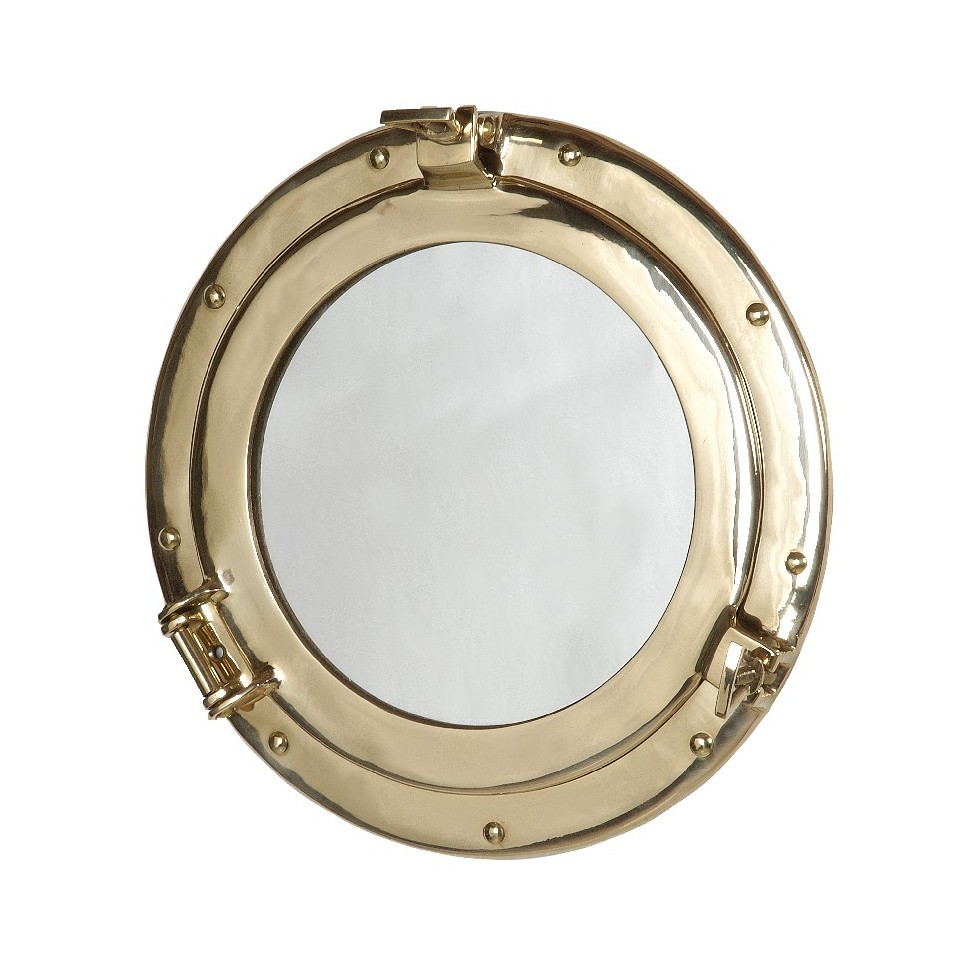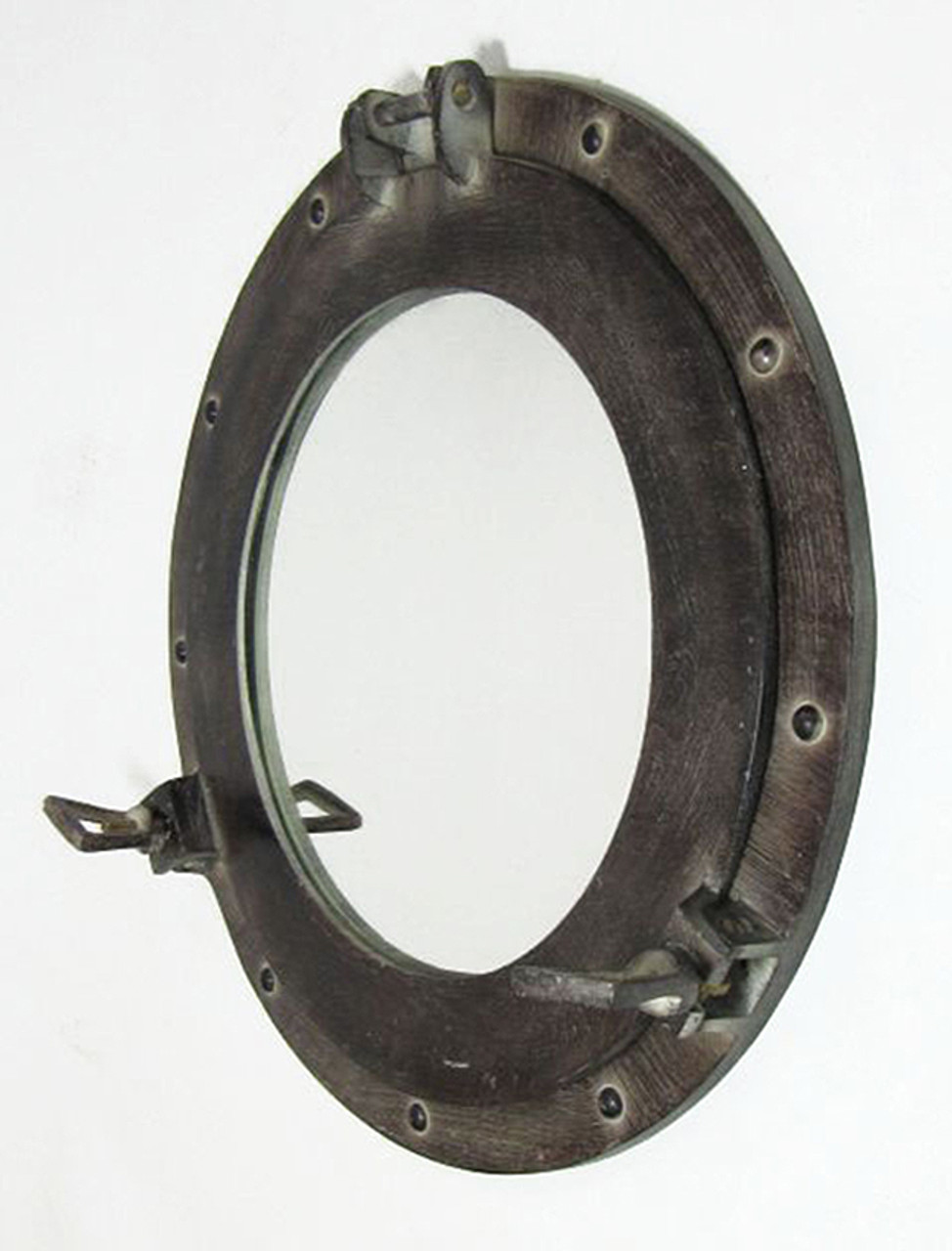

Panoramic views of breathtaking locations and even the first photos taken on Mars, the fish-eye has a history that has taken it from being a scientific marvel to a peephole through which to look at more than half a century of artistic and cultural history. The psychedelic ’60s and hippies could replicate with the wide-angle lens the distortion of reality caused by hallucinogens, while hip-hop, starting in the ’90s, that ability to have a more street, irreverent, and if necessary funny point of view, in which the on-camera looks of artists such as Notorius B.I.G., Beastie Boys, and Busta Rhymes were enhanced even more. Immediately beginning in the 1960s, photographers made important political and artistic portraits and reports, witnessing historical events such as American elections or the albums of great artists such as the Beatles and Rolling Stone it was in ’66 that the cover of Big Hits (High Tide and Green Grass) in which Mick Jagger and Keith Richards of the Rolling Stones are shot with the fish-eye.Ĭrossing the fish-eye story is not just rock. The final arrival in stores five years later delivered the fish-eye to the artistic, musical, sports and journalistic culture of the 1900s, now that at last even amateur or semiprofessional photographers could take pictures with that particular 180-degree view. Perhaps it is too much to say “affordable,” since the first lens put on sale in 1957 cost $27,000. The patent was filed sharing with the Japanese company Nikon, but again it took more than two decades before the discovery became affordable. It was not until 1935 that a patent was filed for a circular lens that used glass and not water as the distorting surface. Wood succeeded in publishing “ Phisical Optics,” the book collecting his research in optics, but the fish-eye still remained for a long time an exclusive for scientists stooped over test tubes and microorganisms. Hip-hop will use the fish-eye aesthetic for album covers and videos, as will sports, leveraging its ability to best capture the energy of freestyle and outdoor disciplines.

Porthole mirror full#
It was 1906, and his tools were a bucket full of water, a pinhole camera, a mirror glass, and plenty of light, essential paraphernalia that would not prevent Wood from discovering and inventing what would become known in the history of photography as the fish-eye.Īfter its first uses in science, the image distortion created with the fish-eye will become perfect for representing in photography the hippie psychedelia of the 1960s and the rock rebellion in the years to follow. Wood was working on an experiment aimed at replicating the way fish saw underwater. Locked in his laboratory at John Hopkins University in Baltimore, Meryland, optical physics professor Robert W. Thus, with originality and simplicity, Magda Nałęcz offers us extremely intimate photographs in which it is possible to mirror ourselves because the shadow of that hand caressing the neck of a wine glass could be our own.
Porthole mirror windows#
In fact, the latter are the real protagonists of her compositions: feminine and sensual silhouettes are reflected on the walls of the houses.Įlements such as glass, windows and mirrors are all used to best frame the shadows of bodies. These are images in which dining rooms, bedrooms, living rooms are illuminated by natural light, creating plays of light and shadow. Magda Nałęcz is a Warsaw-based photographer who is widely followed on Instagram, where more than 75 thousand followers are enraptured by the beauty of her shots every day. It is precisely in those moments that Magda Nałęcz unleashes her creativity, slinging her camera and capturing those colors and atmospheres. Rays ranging from yellow ochre, to deep orange, to fiery red envelop anything they encounter for a few moments before the sun disappears over the horizon.

It can happen sometimes, especially at the beginning and end of summer, that the warm light of sunset enters our homes and transforms those rooms that we are often bored with and would love to change.


 0 kommentar(er)
0 kommentar(er)
